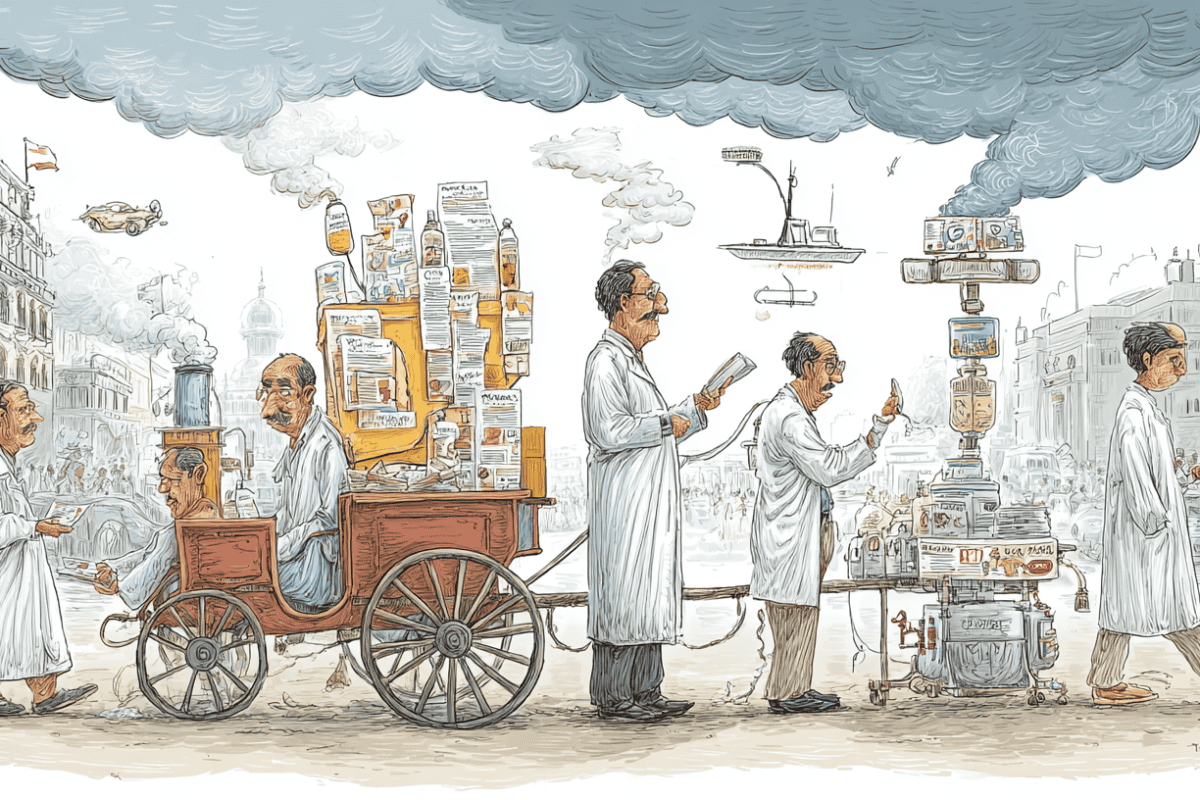Urgency is almost a job requirement. Designing, prototyping, and fundraising are constant, often with little to no help. Each week, you navigate technical and regulatory challenges that make or break your path forward.
While most decisions you make have an immediate consequence, the manufacturing and sourcing decisions you make now can quietly shape your future costs, margins, and exit.
When you’re starting out, your device likely has a limited value, hence little to no tariffs. Today, it’s not a big deal.
Down the road? Tariffs can undermine your long-term success and add unexpected costs that limit your market access, and, even worse, jeopardize your long-term valuation as you move through regulatory approval and commercial distribution.
Prototype Decisions Shape Future Costs
In the earliest stages, most medical device prototypes are manufactured in-house or through a contract manufacturer. When shipping internationally, the device often qualifies for the prototype exemption, meaning it isn’t subject to tariffs since its commercial value is so small.
However, the choices you make when building a prototype, can lock you in to tariff exposure for years. Down the road, if you move to a new manufacturer or a new country, the process is costly and complex. Setting up your tooling relationships, supplier agreements, and regulatory documentation in the country you’ll be selling sets you up for long-term and compounded success.
What feels like a convenient early partnership can quietly erode your profitability once the device is commercialized.
Strategically Avoid Tariffs as You Grow
As your device matures, so should your logistics. Beyond sourcing components, you’ll begin shipping demo units to hospitals, research partners, and trade shows worldwide.
It’s important to weigh all options when shipping. An overlooked tool that can save you money and stress is the ATA Carnet. A carnet is essentially a passport for your device, allowing you to temporarily export and re-import goods duty-free, as long as they return to the U.S. within a set period (usually 12 months).
As you grow, and may not have a significant cash flow yet, these options and cost-savings can be a lifeline to expand internationally. Without a carnet, for example, you could face tariffs and taxes each time a demo device crosses a border. With one, you can travel freely, and legally, without triggering import duties.
Commercialization … Where Tariffs Start to Bite
Once your device is approved and priced, tariffs are a threat to revenue. Medical devices often include pieces sourced globally, such as metals, plastics, sensors, circuit boards, and subassemblies, each carrying its own tariff classification.
A US-based client recently faced a 15% tariff on a $300,000 diagnostic system imported from their French manufacturer. That small percentage translated into $45,000 in additional costs and necessitated a laborious and unnecessary overhaul of pricing and distribution.
Supply chain resilience is an important asset for investors and in acquisitions. By navigating these conversations and relationships now, you set yourself up for success when the time comes.
The Risk of Thinking Short-Term
Tariffs shape how others perceive your business. Are you profitable? Are your margins sustainable? Is your supply chain scalable?
To be clear: tariffs don’t just impact your current costs; they influence your future options. A supply chain dependent on tariff-heavy regions can narrow your pool of acquirers or reduce your sale price.
Plan Early to Protect Long-Term Value
The good news is that with early planning, you can manage tariff risk and even turn it into an advantage. It starts with choosing your manufacturing partners strategically. While low-cost regions can make sense early on, it’s equally important to think ahead to commercialization.
Shifting contract manufacturers later can be costly and complex. As a founder, weigh the costs and risks of tariff exposure and market proximity from the outset. For many, this means partnering with distributors who can sell and ship within key markets. For example, U.S. medical device companies are working with European distributors to streamline access and reduce trade friction.
Ultimately, treating tariffs as part of your long-term supply chain strategy, not just a short-term cost, can strengthen your position when it matters most.
About Josh Medow
Josh Medow is CEO of employee-owned Mercury, a healthcare and life sciences logistics company specializing in time- and temperature-sensitive shipping. A West Point graduate, former Army infantry officer, and Harvard MBA, he acquired the company in 2020 and has since led its global expansion.
Josh’s mission is to make shipping seamless. By cutting through complexity and regulatory hurdles, he empowers biopharma, diagnostics, and medical device companies to focus on innovation—not logistics. Under his leadership, Mercury rebuilt its customer platform to offer any shipment, anywhere in the world, with real-time tracking and 24/7 expert support.
Digital Health Buzz!
Digital Health Buzz! aims to be the destination of choice when it comes to what’s happening in the digital health world. We are not about news and views, but informative articles and thoughts to apply in your business.


